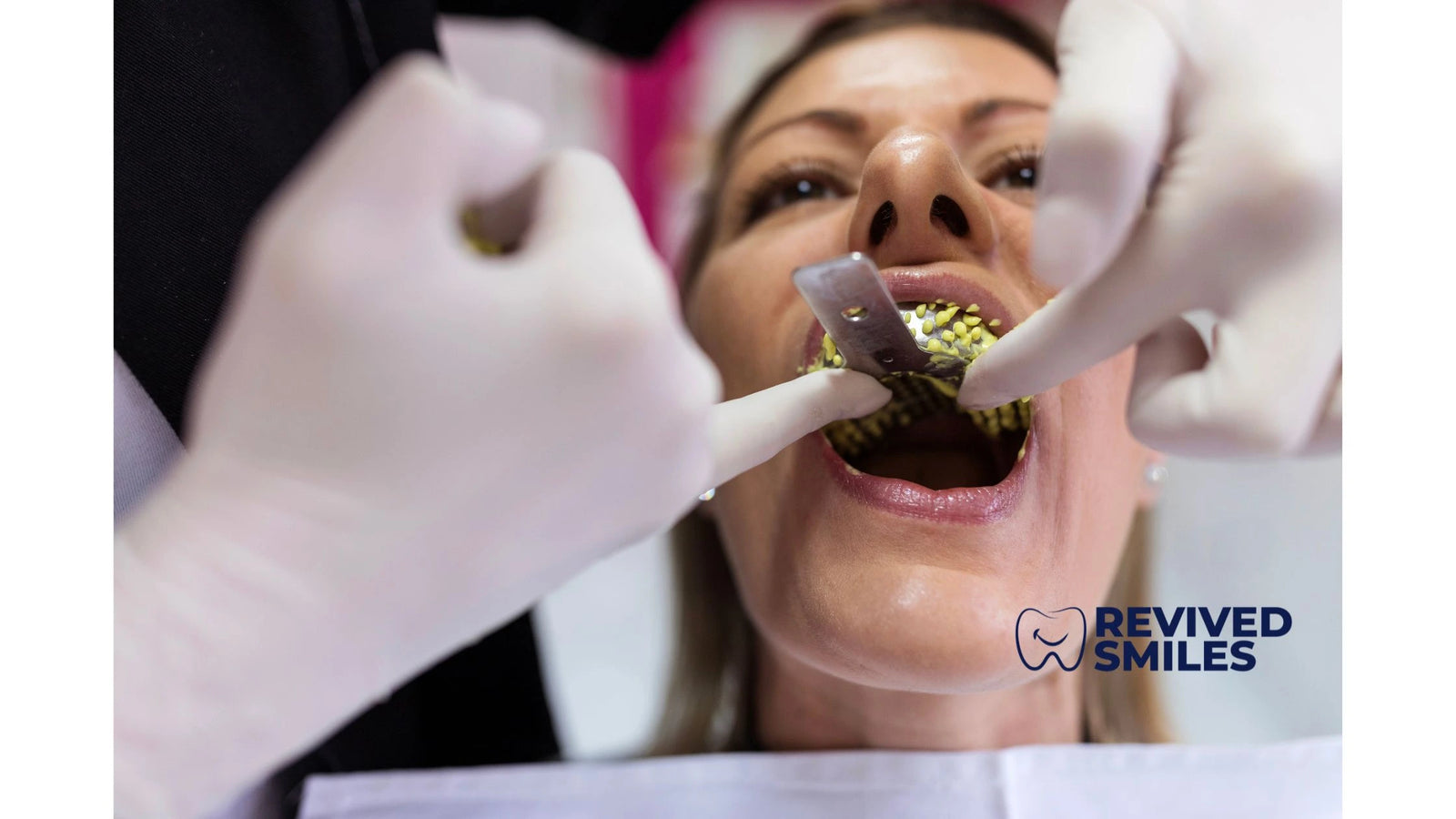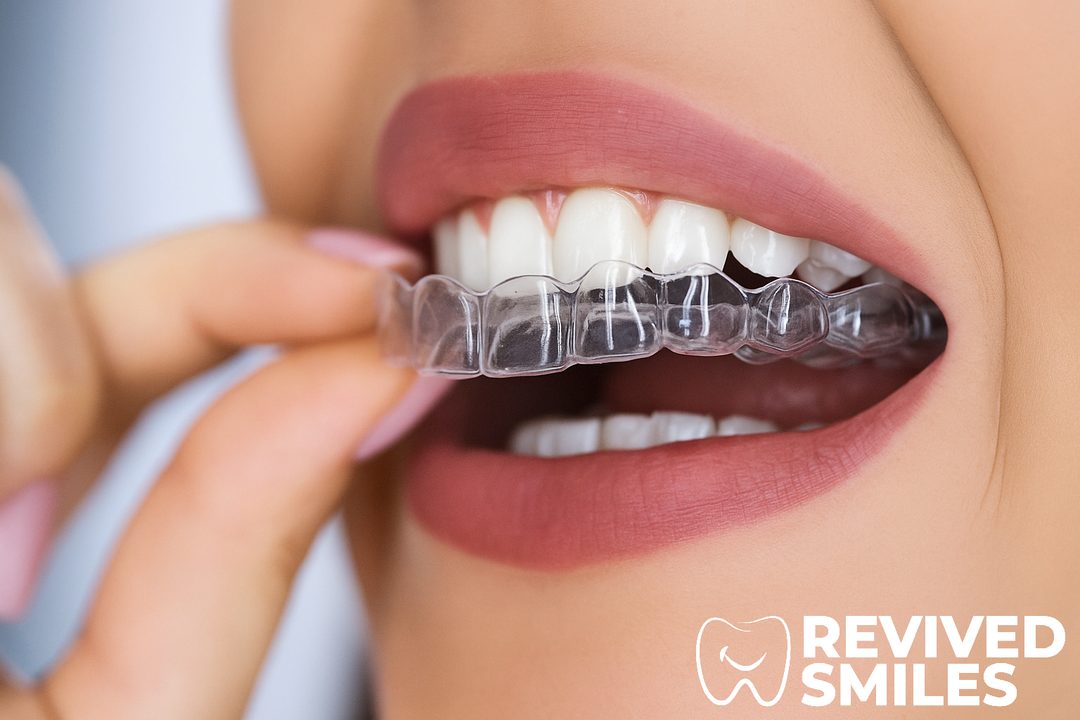Why Great Impressions Matter: The Top 5 Reasons

In dentistry, the saying "measure twice, cut once" could very well be rephrased as "impress once, fit perfectly." The creation of dental appliances—be it for corrective, protective, or restorative purposes—relies heavily on the accuracy of initial dental impressions. These impressions are the first step in designing appliances like braces, dentures, crowns, bridges, and mouth guards, custom-fitted to each patient's unique oral anatomy. The journey from impression to appliance is intricate, emphasizing why precision at every step is non-negotiable.
The Foundation of Custom Dental Solutions
A dental impression must capture the minutest details of the patient's oral landscape. This high-resolution snapshot serves as the mold for the appliance, ensuring it complements every ridge and valley of the patient's mouth. The fidelity of this impression directly influences the fit, comfort, and functionality of the final appliance. Inaccuracies at this stage can lead to a domino effect of complications, ranging from discomfort to the need for repeated adjustments, or even complete remakes of the appliance.
Ensuring Comfort and Achieving Desired Outcomes
The relationship between a well-fitting appliance and patient compliance cannot be overstated. Appliances that fit as if they are natural extensions of the body are more likely to be used as intended, thereby increasing the effectiveness of the treatment. For example, orthodontic treatments require precise movements of teeth over time, a process that can only be efficiently achieved with braces or aligners that fit perfectly. Similarly, the protective capabilities of mouth guards or the restorative benefits of dentures and crowns hinge on their precise fit, directly tied to the quality of the initial impression.
The Economic and Temporal Cost of Inaccuracy
Redoing dental impressions is more than a minor inconvenience. It extends treatment timelines, increases material costs, and requires additional labor. For the patient, this can mean extra visits to the dental office, prolonged discomfort, and increased out-of-pocket expenses. For the dental practice, it represents inefficiency, increased overheads, and potentially, damage to the practice's reputation. High-quality impressions from the outset are essential for the streamlined delivery of dental care services.
The Evolution of Dental Impression Techniques
The quest for precision has led to remarkable advancements in impression technology. Traditional materials like alginate, while still in use for their affordability and ease of use, have been joined by more advanced silicone-based materials that offer superior detail capture and stability. Beyond materials, the advent of digital impression technology marks a significant leap forward. Intraoral scanners eliminate the mess and discomfort of traditional impressions, capturing highly detailed 3D images of the patient's mouth in minutes. These digital impressions can be directly used to fabricate appliances with computer-aided design and manufacturing (CAD/CAM) systems, enhancing the precision and efficiency of the process.
Enhancing the Patient Experience
The patient's experience during the impression-taking process can significantly impact their perception of the dental care they receive. Advanced impression techniques, particularly digital scanning, offer a more comfortable and engaging experience. Patients can see their dental scans in real-time, fostering a better understanding of their oral health and treatment plan. This transparency and involvement can enhance patient satisfaction and trust in their dental care provider.
Best Practices in Impression Taking
Irrespective of the advancements in technology, attention to detail of the person taking the impressions remains paramount. Best practices include thorough oral examination, precise material handling, and the selection of the appropriate impression technique for each individual case. If one is taking their own impressions it is best to be in well lit room with a mirror, be sure to carefully follow the instructions they were given to ensure that the impression comes out clean, capturing the full palate.
Conclusion
Taking good impressions for dental appliances is a cornerstone of effective dental treatment. It influences not only the technical outcomes of dental appliances but also the patient's treatment experience and satisfaction. As dental technologies continue to advance, the importance of precision in the impression-taking process remains constant, serving as the foundation upon which successful dental treatments are built. The commitment to excellence in this initial step underscores the dental profession's dedication to providing high-quality care, ensuring that each patient receives the best possible outcome from their treatment.





Leave a comment